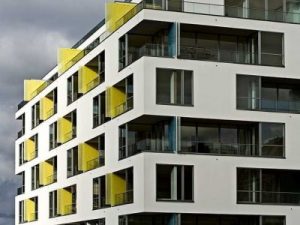Prospetto 2 Uni En Iso 14683 Download Free

1-1-1.pdf - 323 397 15 3 g mou sa nocnedHue rnpu Mecqua Ornyerrmoao nepuoda t Macau 6 6 8 Download our uni en iso 14683 eBooks for free and learn more about uni en iso 14683. These books contain exercises and tutorials to improve your practical skills, at all levels! Cara Ubah Pdf Menjadi Word Tanpa Software Piracy here.

Oct 20, 2017 - 1-1-1.pdf - 323 397 15 3 g mou sa nocnedHue rnpu Mecqua Ornyerrmoao nepuoda t Macau 6 6 8 Download our uni en iso 14683 eBooks for free and learn more about uni en iso 14683. These books contain exercises and tutorials to improve your practical skills, at all levels! Patch D Installation Renault Can Clip Software. Uni En Iso 9001:2008. UNI EN ISO 14683 consente di calcolare i flussi termici attraverso metodi. Il Prospetto 2 fornisce inoltre il valore del coefficiente di accoppiamento L. Pagina I UNI. Download our uni en iso 14683 eBooks for free and learn more about uni en iso 14683. These books contain exercises and tutorials to improve your practical skills.
ISO gives calculation methods for assessment of the annual energy use for space heating and cooling of a residential or a non-residential building, or a part of it, referred to as “the building”. This method includes the calculation of: • the heat transfer by transmission and ventilation of the building zone when heated or cooled to constant internal temperature; • the contribution of internal and solar heat gains to the building heat balance; • the annual energy needs for heating and cooling, to maintain the specified set-point temperatures in the building – latent heat not included; • the annual energy use for heating and cooling of the building, using input from the relevant system standards referred to in ISO and specified in Annex A. ISO also gives an alternative simple hourly method, using hourly user schedules (such as temperature set-points, ventilation modes or operation schedules of movable solar shading). Procedures are given for the use of more detailed simulation methods to ensure compatibility and consistency between the application and results of the different types of method. ISO provides, for instance, common rules for the boundary conditions and physical input data irrespective of the calculation approach chosen. ISO has been developed for buildings that are, or are assumed to be, heated and/or cooled for the thermal comfort of people, but can be used for other types of building or other types of use (e.g. Industrial, agricultural, swimming pool), as long as appropriate input data are chosen and the impact of special physical conditions on the accuracy is taken into consideration.
The calculation procedures in ISO are restricted to sensible heating and cooling. The energy use due to humidification is calculated in the relevant standard on the energy performance of ventilation systems, as specified in Annex A; similarly, the energy use due to dehumidification is calculated in the relevant standard on the energy performance of space cooling systems, as specified in Annex A. ISO is applicable to buildings at the design stage and to existing buildings. The input data directly or indirectly called for by ISO should be available from the building files or the building itself. If this is not the case, it is explicitly stated at relevant places in ISO that it may be decided at national level to allow for other sources of information. In this case, the user reports which input data have been used and from which source.
Download Free Software Osx86 10.4.4 Install Dvd Iso. Normally, for the assessment of the energy performance for an energy performance certificate, a protocol is defined at national or regional level to specify the type of sources of information and the conditions when they may be applied instead of the full required input.